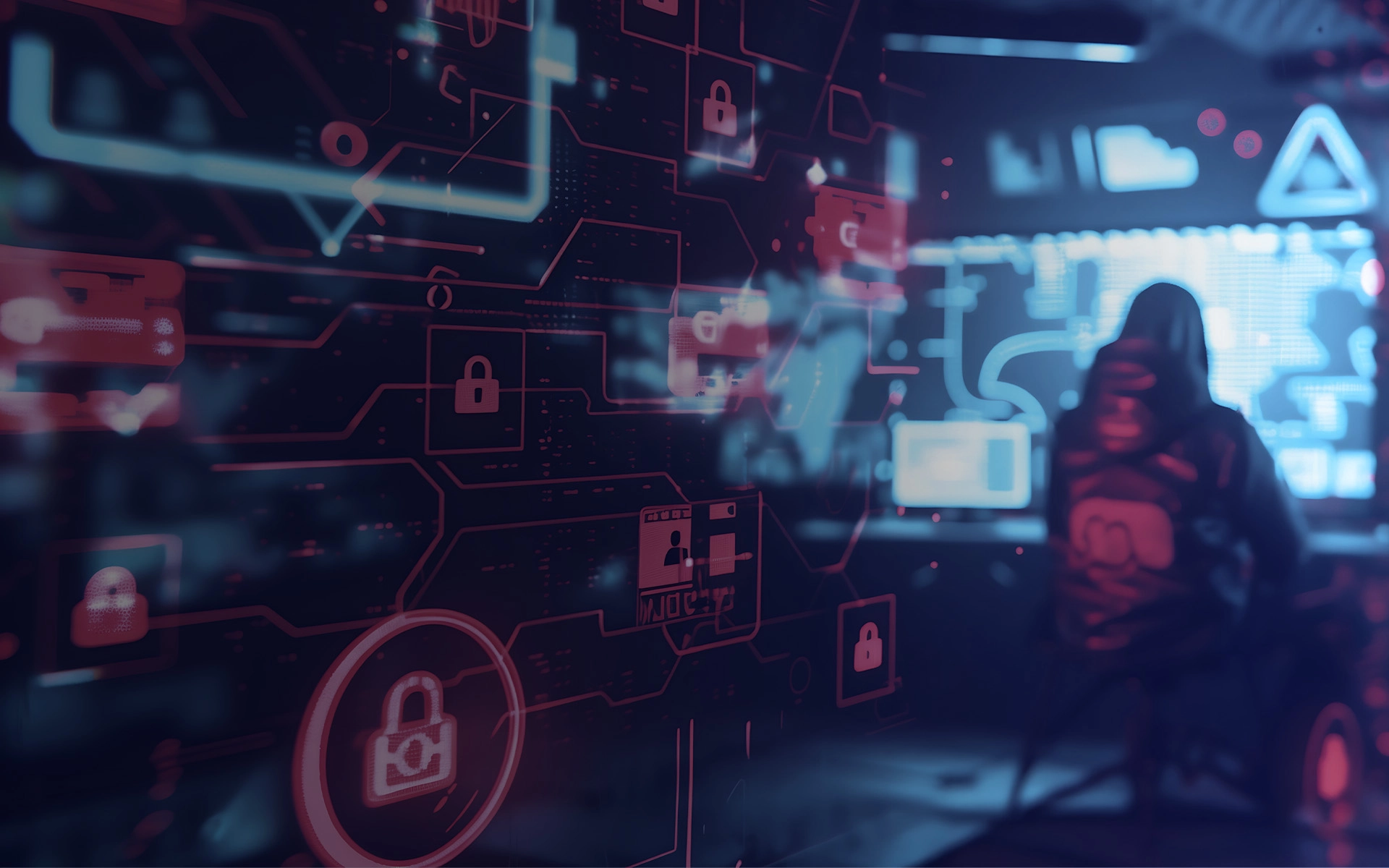5-MIN READ
6 Cyber Security Mistakes SMBs Make (and How to Avoid Them)
Think your business is too small to be targeted by a cyber attack? Think again.
Far from being too small to matter, SMBs are often prime targets for cyber criminals – as they can be seen has having few defences in place, being less resourced, less prepared and rarely equipped with dedicated IT or security teams.
The reality is, many SMBs want to do the right thing when it comes to cyber security, but feel overwhelmed by the number of options available, costs involved and best actions to take.
While these challenges are understandable, doing nothing isn’t a safe option. Don’t let cyber security get put in the “too hard” basket or become a one-off project you tick off and forget. It’s an ongoing journey that should evolve as your business grows.
Want to dive deeper into cyber security or get a refresher on the basics? Check out our in-depth guide: What is cyber security and how can you be protected?
Let’s unpack some of the most common cyber security mistakes SMBs make, so you can start building awareness as a first step towards better protection.
Mistake 1: Neglecting Basic Cyber Hygiene
A strong cyber security posture doesn’t always start with fancy tools. It can start with the basics. Consider the following.
1. Weak Passwords
Simple, reused, shared (or even, non-existent!) passwords are some of the most common vulnerabilities cyber attackers exploit. A reliable password management tool and multi-factor authentication (MFA) can close the gap.
2. Skipping Software Updates
Delaying critical updates leaves known vulnerabilities open. While not every update needs to be urgent, ignoring them shouldn’t be the default. Prioritise updates that fix high-risk issues, and set a patching schedule for everything else.
3. Firewalls Lacking the Right Fit
Some businesses invest in complex tools without a clear understanding of what they need them to do. Others don’t have a firewall or intrusion detection system in place at all.
There are a number of factors that apply when choosing the right firewall for a business network, such as network size, management expertise, scalability, threat protection needs and cost.
Start by assessing your overall security posture, then choose a solution that fits your size, risks and capabilities, to complement your needs - ensuring it is configured correctly from the outset and continuously monitored for any changes or further configurations.
Mistake 2: Underestimating Insider Threats
Insider threats are often overlooked, but they can be just as damaging as those that are external. The OAIC reported receiving 27 notifications between July-December 2024, affecting 416 individuals.
Employees, contractors or partners with access to sensitive information can unintentionally (or intentionally) compromise security. It could be mishandling data, falling for phishing scams, or in some instances, deliberate misconduct. 170 notifications of unintentional human error were made to the OAIC between July-December 2024, representing 683 individuals affected.
These risks need to be addressed. Protect your business by limiting access based on role, implementing monitoring systems and other safeguards from within, like educating your team.
Mistake 3: Lack of Employee Training
Even the best cyber solutions can’t protect your business if your team isn’t equipped to use them, or spot the warning signs of an attack.
Phishing scams, suspicious links and social engineering tactics are designed to exploit human error, not technology. Without regular cyber training, staff can unknowingly become the weakest link in your defence.
Offer cyber awareness training that’s ongoing, accessible and tailored to your business (which can make it more relevant and engaging for each individual). Empowering your people with knowledge is one of the most cost-effective, practical and impactful ways to strengthen your cyber security posture.
Mistake 4: Ignoring Security for Mobile Devices
Mobiles can be overlooked in cyber security planning. The thing is, they carry the same risks as desktops, especially when used for work.
As your team members work on the go, check emails and access cloud-based apps, unsecured mobile devices can expose your business to serious threats.
At a minimum, SMBs should use mobile device management (MDM) software to enable remote wiping, enforce encryption and restrict access to sensitive data.
If employees are using corporate mobiles, clear controls are a must. It’s a part of protecting your broader network.
Mistake 5: Not Having a Data Backup and Recovery Plan
What would happen to your business if you lost access to data – either due to ransomware, hardware failure or human error? In many cases, SMBs don’t have a reliable way to bounce back.
If an accident or worst-case scenario should occur, having a solid backup and recovery plan can support your business to minimise downtime and get your operations back on track.
You may be leveraging in-built backup features from your current platform (like Microsoft 365), but these are typically basic data protection features only. Since they operate within the same platform as the primary service, they lack vendor or carrier redundancy—meaning if the platform itself experiences a failure or compromise, both your primary data and backups could be affected. This setup may not be sufficient to support comprehensive recovery in the event of a serious incident.. Consider gaining support from a specialist with cyber services to:
- retain copies of all your data
- use different backup media – to safeguard against physical damage
- keep offsite copies – such as cloud back up to protect against localised disasters.
When things go wrong, knowing how to restore critical systems quickly and having a recovery plan is your safety net.
Mistake 6: Disregarding Cloud Security
Just because your data is in the cloud, doesn’t mean it’s automatically safe. Many SMBs assume their cloud provider handles all aspects of security. But in reality, it’s a shared responsibility. You cannot outsource your risk—your business remains accountable for protecting personal and sensitive data. The OAIC makes this clear: even when using third-party cloud services, the responsibility for data security and compliance rests with you.
While providers secure infrastructure, SMBs are still responsible for user access, configurations and protecting the data itself.
Misconfigured settings, weak passwords and ignoring access controls can open the door to breaches.
Secure your cloud environment by knowing what you’re responsible for, enabling MFA, and regularly reviewing permissions. Before selecting any cloud or application provider, conduct a thorough Vendor Risk Assessment or third-party risk assessment to evaluate their security posture and compliance. Remember, the convenience of the cloud should never come at the cost of security.
Treating cyber security as an afterthought can leave your SMB exposed to unnecessary and preventable risk. Don’t let it fall off your action list or let it be a set-and-forget task. With the right steps and support, even small improvements can have a big impact.
You don’t have to tackle cyber security alone. Learn how ADITS cyber security services are designed to protect and support SMBs, every step of the way.
Stay up to date
Subscribe to our newsletter for IT news, case studies and promotions






